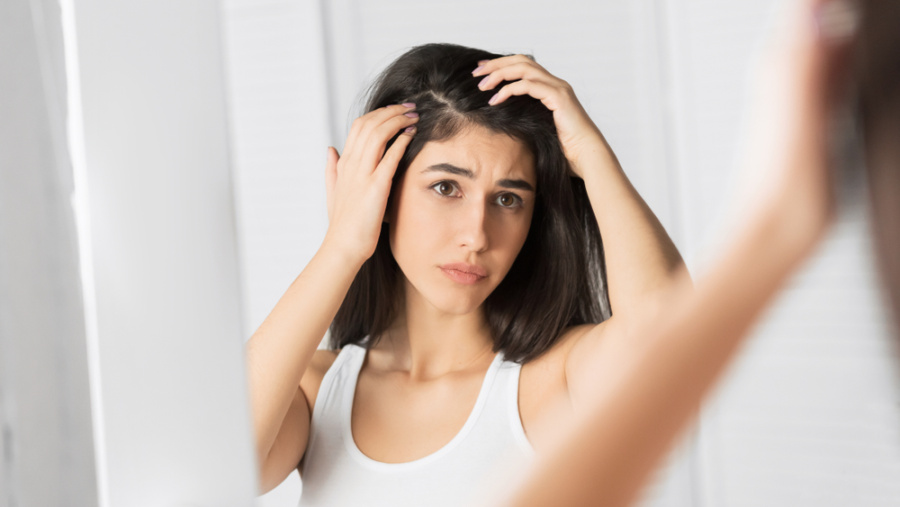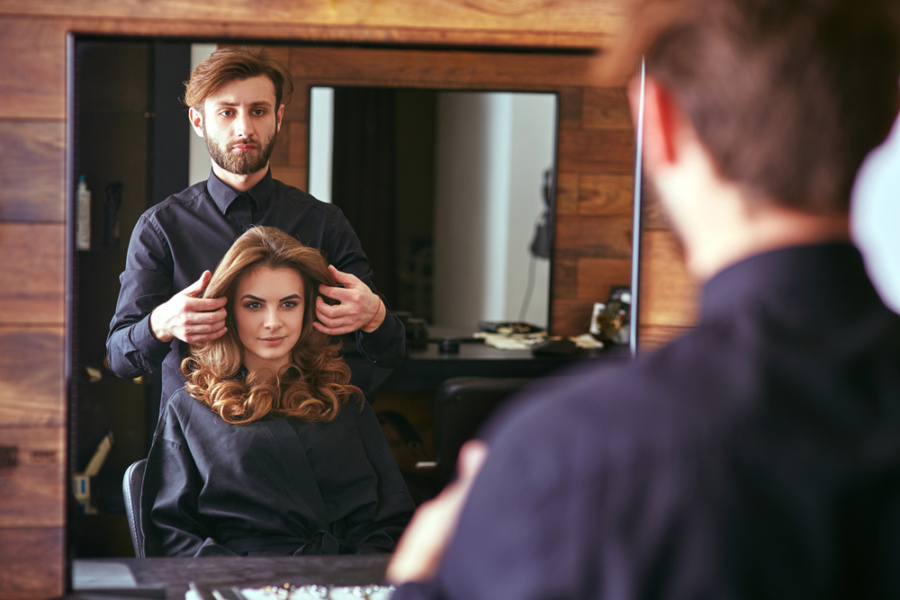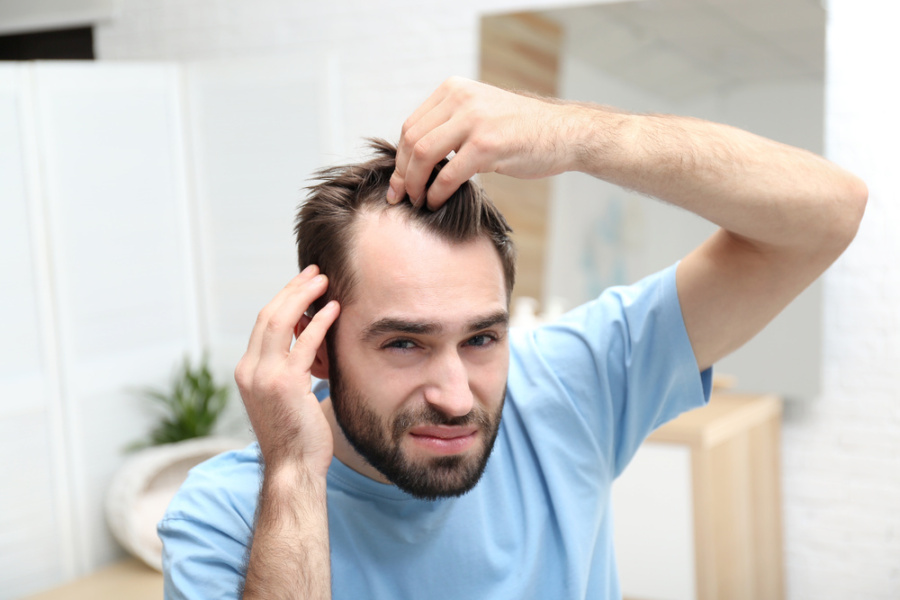It’s normal for many people to lose a few strands of hair after a shower or see minimal hair fall on their pillow after a night of rest. However, it can be alarming to see bald patches on the scalp or to notice that your hairline has begun to recede. Hair loss can be a cause of concern, primarily as it signifies underlying health conditions.
The American Academy of Dermatology stated that losing 50 to 100 strands per day is normal. Meanwhile, a noticeable increase in hair fall or losing hair in large clumps is unusual and warrants immediate medical consultation.
Hair loss can happen gradually, though the effects can also be drastic in some cases. Some of the most common signs of hair thinning include hair loss on various head parts, particularly on the temples and the crown. Many also notice increased hair fall and a decrease in hair volume.
A person can experience thinning hair due to hormonal changes, genetic predisposition, elevated stress levels, poor nutrition, unhealthy lifestyle, and infection. Meanwhile, those with chronic illnesses or autoimmune diseases may also suffer from hair loss due to prescription drugs, chemotherapy, and an overall decline in health.
There are some ways to treat hair loss, though the results vary, depending on the cause and the patient’s response to treatments. On the other hand, some opt for nonsurgical solutions to conceal partial baldness or reduced hair volume until their health improves or the hair regrows.
If you’re looking for remedies to thinning hair, here are some options you can consider:
-
Use concealing solutions
One of the quickest ways to remedy thinning hair is to use concealing solutions. You can use them as temporary aids to make your hair look fuller or cover bald patches. Some examples of concealers you can use include cover-up powders and sprays. These products cover the scalp with coloring materials that create the illusion of having a full head of hair.
Meanwhile, you can also consider hair replacement solutions offered by salon professionals. Some salons may suggest accessories, hair extensions, and hair patches that are semi-permanent. These items can make it easier and more convenient for you to style your hair daily.
Your semi-permanent hair replacement cost would depend on the coverage or volume you’ll need, and the materials used to create the accessory or wig would also influence the price you’ll have to pay. However, these solutions might be more cost-effective than others.
-
Explore natural remedies
Did you know you can find solutions to improve your hair growth in your home? Here are some examples of natural ingredients that are known to help with thinning hair:
- Onion juice
- Aloe vera extract
- Ginger
- Lemon
- Coconut Oil
Aside from these, massaging the scalp has also been found to help promote hair growth, based on a 2019 study. Massage helps increase blood flow around the tissues that form the scalp, which also aids in improving scalp health. Meanwhile, releasing tension and stress on the head and scalp can also help hair grow.
Adapting lifestyle changes can also help you attain better hair coverage and volume. For instance, avoiding heat styling, chemical hair treatments, and harsh hair products can help prevent damage, breakage, and hair fall.
Another lifestyle change you can consider is your nutrition and overall wellness. Consult your doctor to see what you need to improve in your current diet, activity level, sleep quality, and stress management. Being in excellent health fosters better hair growth, so it’s worth considering this option if you want to regrow your hair naturally.
-
Consider medical treatments
Your doctor can recommend surgical and nonsurgical treatments for hair loss, depending on the cause and the severity of the condition. Some of the medical therapies commonly used to alleviate hair thinning include:
- Medicated shampoo and hair care products
- Prescription drugs
- Laser therapy
- Hair transplant surgery
While about 90% of hair thinning cases among men are hereditary, baldness in women may be caused by different health conditions or circumstances. Because of this, you may undergo other diagnostic procedures if you’re a female patient suffering from hair loss.
Then, if underlying illnesses cause hair loss, it’s vital to treat the ailment before focusing on regrowing your hair. In case specific medications are causing excessive hair fall, the doctor might also ask you to stop taking them as you undergo hair regrowth treatments.
Conclusion
It’s best to consult a doctor as soon as you notice any signs of hair thinning to address underlying health issues that cause it. You can also explore various solutions, especially nonsurgical ones, that can help you conceal bald spots or a receding hairline. There are many options you can consider that’d help alleviate symptoms of hair thinning and allow you to maintain your appearance as you improve your health and lifestyle.


